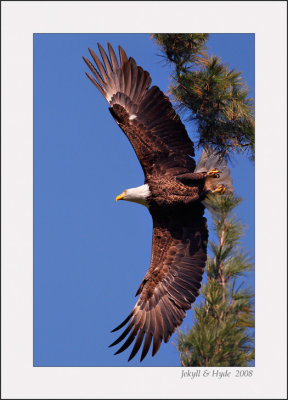ISO can range from ISO 800 to 1600 or up to 3200 (depending on the lens and scene).
.
* Try ISO 1600 and then crank up to 2000, 2500 and 3200 as needed.
Son't be afraid to experiment. An ISO setting and shutter speed combo with a particular lens will usually produce nearly identical results if the weather and sky conditions are the same. Higher ISO and a narrower shutter speed can often capture more details than a slower shutter speed and lower ISO settings. The signals-to-noise ratio is often better with higher ISO for astro shots but I draw the line at around ISO 3200 and keep all my shots at this ISO setting or lower.
Thanks again for posting this nice gallery of your images, and for all your insights. Very, very nice shots, it's great of you to share for others to enjoy and to help others improve their work.
I too have experimented a lot with changing ISO settings for astrophotography. I studied astronomy way, way back in college and was actually a professional astronomer for half a decade before going into software development. Much of my experience comes from doing astrophotography with old film bodies like the Canon F-1 with telescopes and fast (now) vintage Canon FD lenses.
Back in the day with film, ISO was a measure of film's sensitivity to light and was of course a key characteristic of doing photography, you chose your ISO (or ASA as it were) carefully to achieve a particular result or to work around limitations you had gathering enough light. So I thought I had a good understanding of what ISO means and does.
However, I've recently read up on it a lot, only to find that with digital photography, ISO 'settings' function and behave differently than they did in the film days... it's a whole new ballgame and I realize that I, and probably many others, actually may not really understand ISO settings and dynamic range on digital cameras as well as we thought we did.
This article is one of the best ones I've found that explains it, it's worth a read:
https://petapixel.com/2017/03/22/find-best-iso-astrophotography-dynamic-range-noise/
The most important takeaway is that changing the ISO does not in any way increase the 'sensitivity' of the sensor --- a similar number of photons are going to be captured by each pixel at any ISO given the same shutter speed and aperture! Changing the ISO for a digital camera only results in the 'gain' on the sensor's reading of the image being boosted, either in an analog way (upstream) or digitally (downstream). For many cameras raising the ISO actually may be detrimental.
I notice a lot of your shots are with the Canon M6, which I used for about a month last November before upgrading to the M6 Mark II. In particular, those two cameras are basically ISO-invariant from about ISO 400 and up for low-light photography and especially astrophotography... meaning that cranking the ISO higher than 400 results in no benefit for the image in reducing noise, and actually would be detrimental to the dynamic range as you are limiting the highlight detail that can be captured. This behavior is highly dependent on the camera brand and model --- for many other Canon digital cameras there IS a reduction of noise at ISO 1600, 3200, 6400, or whatever, and there is a different 'optimal' ISO to use for astrophotography.
Sure, at ISO 400, after you take your Milky way astrophoto, for example, the image that will come up on the camera afterwards will *look* dark, however, in post-processing, pushing that image 3 EV values will result in a nearly *identical* image to one you would have gotten at ISO 3200, with about the same amount of noise. However the ISO 400 image is less susceptible to the highlights being 'blown out' the way they might be if the ISO 3200 setting is used. (Note that this assumes you are always shooting in RAW mode which is capturing the full bit-depth of the image from each pixel.)
This also means you might see 'dark' images on the view screen as well as you are taking photos, but don't be deterred by it... the same light data will get recorded at iSO 400 as it does at ISO 3200 with about the same amount of noise, as long as the shutter speed and aperture are the same!
As I've mentioned in other posts, the Canon M6 Mark II has a setting in its menu to 'disable' Exposure Simulation --- meaning that the view screen will not try to show you what the image looks like at your chosen ISO/aperture/shutter speed, but will just auto-adjust it. I don't remember if the Canon m6 has the same setting.
As I've mentioned in other posts, the first time I disabled Exposure simulation on the M6 Mark II I was astonished that the gain automatically cranked to maximum for deep sky work, and M31 and the Orion nebula actually appeared on the viewscreen with an 135mm f2.8 lens!! I could actually compose the picture for them, and manual focusing became so much easier as the faintest stars would only 'pop' into the frame when the focus was dead on (when viewing at 10x manual focus zoom mode).
I'm curious what you are finding with the Canon R mirrorless camera with regards to ISO, I haven't looked into those.







